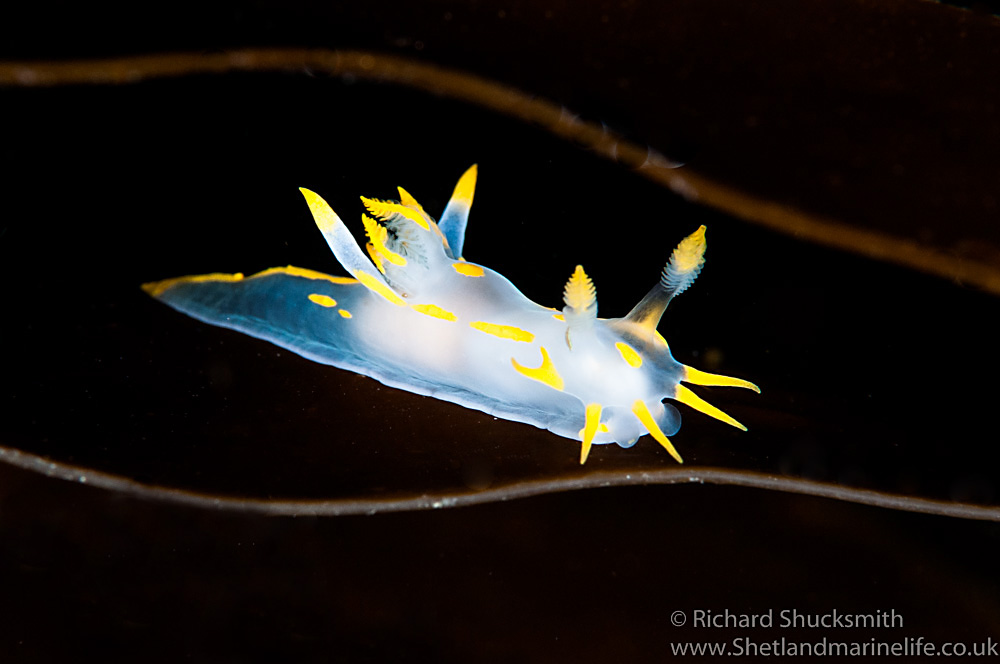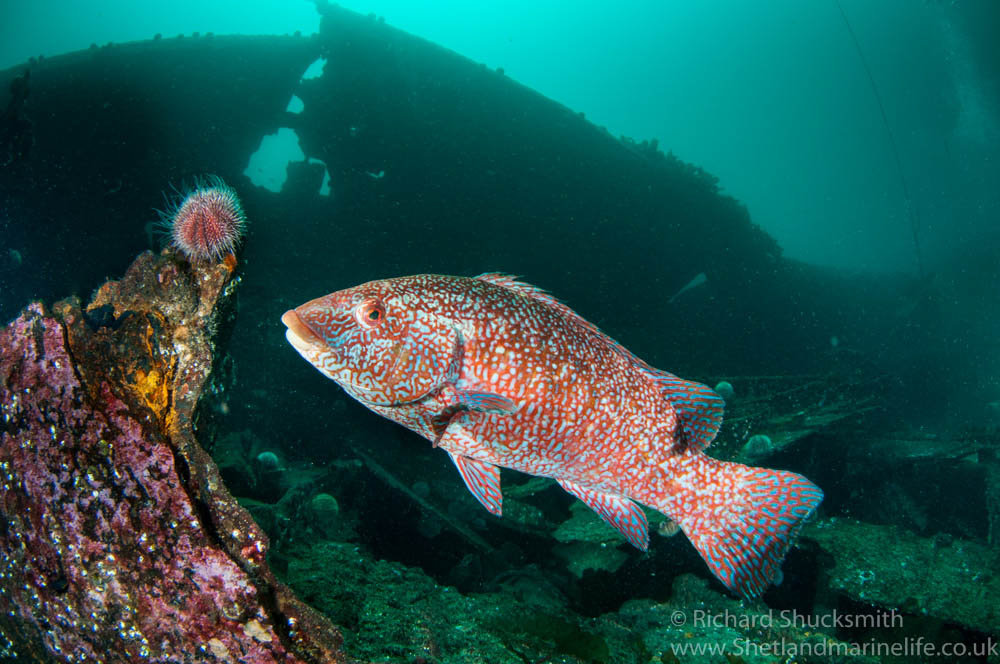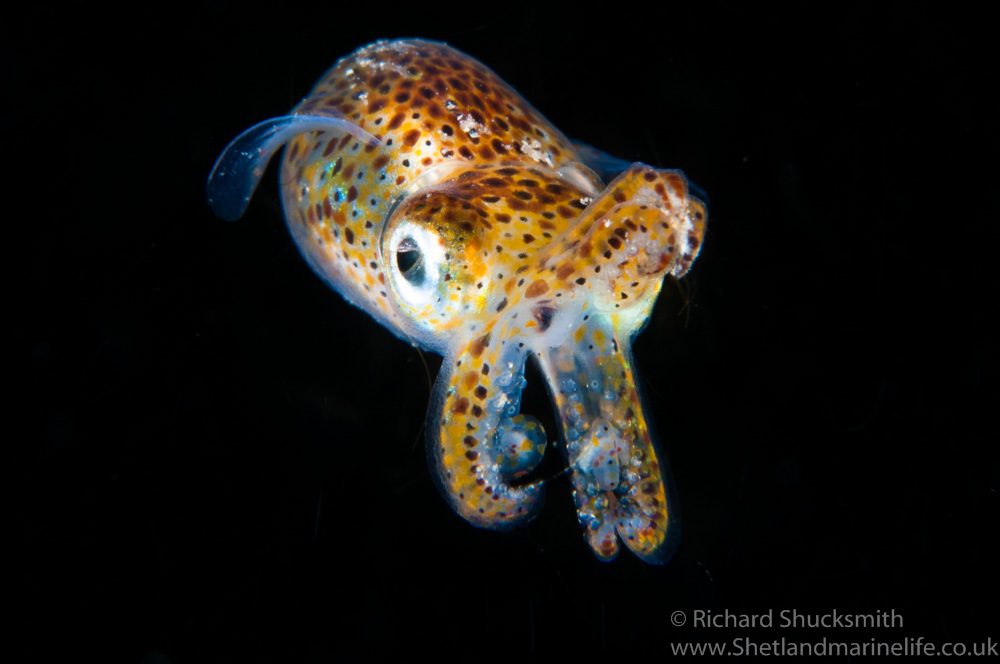Taking images underwater is an exhilarating and fun experience. If you are already a diver and feel comfortable underwater then taking a camera with you on a dive to take pictures is just the next step in exploring the underwater world. However if you are not a diver don’t despair, snorkelling offers just as many great opportunities to photograph marine life and produce compelling and beautiful images.
Obviously to take photo’s underwater you need your camera to be waterproof or put the camera in some kind of waterproof housing to keep it dry. There are a huge range of cameras and housing that can be used today, from compact cameras all the way through to the professional DSLRs. Many different makes and models of housing can be purchased from the plastic to the aluminium, at varying costs from the relatively cheap to the expensive (£100’s to £1000’s). There is also a very good second hand market for digital cameras and underwater housings where bargains can be found. Whatever camera and housing combination you choose it is very important that you understand how the camera works and how to change the settings. In other words you need to know you camera as you will not be able to pull out the camera manual when you are under the water.
Underwater photography offers a number of challenges not found on land. Water absorbs light and light levels drop the deeper you go. Water filters out different colours throughout the light spectrum as you get deeper. Reds are absorbed more quickly than blues and by the time you are five to six metres below the surface there is virtually no red colour left. To bring out the true colour that adorns much of the marine life you need to add light. A flash, or a strobe as it is known in underwater photography, is used to add artificial light to help produce a well exposed image full of colour. If no strobe is used you will find your images look blue. In very shallow clear water natural light and shooting without strobes can produce colourful images but as soon as you start to get deeper artificial light/strobes become essential.
Wide angle and macro photography are the two most used methods of photography underwater. Macro photography allows you to take pictures of small animals creating almost life sized images, often of extraordinary and colourful creatures that leave you in wonder of the underwater realm. Wide angle is more like taking a landscape image but underwater creating scenic shots of underwater habitats such as coral reefs. Both have their challenges and rewards but for anyone setting out on their first underwater photography foray a very good way to start is shooting macro.
To take pictures of marine life one of the key rules is to cut down the amount of water between you and subject that you are photographing. Macro photography does this naturally as often the subjects are relatively small, and to focus and fill the camera frame with the subject you need to get close. The position of the flash is very important and you need to make sure the flash will light the animal you are trying to photograph.
Just like macro photography underwater wide angle photography also requires you to get close to the scene or subject you are trying to photograph. Specialist lens can be used such as a fish eye that allows the photographer to get close to the subject while still capturing the surrounding scene. The closer you get to your subject the image will have better colour, contrast and sharpness. Getting close to your subject is very important so is getting the correct exposure and you need to know your camera to make this happen. Cameras work using aperture, shutter speed and ISO, getting these right is what creates the correct exposure of your image. Correct exposure is an image that is not to dark or not to bright. Aperture, measured in F stops, is an adjustable opening that allows different amount of light in depending on the size of the opening. It also affects how much of the image is actually in focus, known as depth of field. An F-stop of F22 will have more of the subject in focus than an F-stop of F4. However, F22 has a smaller opening than F4 reducing the amount of light reaching the cameras sensor. Shutter speed is how fast the camera’s shutter opens and closes to allow light in and is measured in fractions of a second. Slow shutter speeds let in more light but can cause the image to blur due to camera movement, the camera not being held steady enough by the photographer. Whereas a faster shutter speed say of 1/250 of a second will freeze the movement and create a sharper image. The combination of shutter speed and F-stop controls the amount of light reaching the cameras senor and creates the exposure. There is one more function on a camera that affects exposure and that is ISO. ISO is the sensitivity of the cameras sensor to light. ISO varies between camera models but as a general rule most cameras ISO are from 100 to 6400. The crux of ISO as it increases so does it sensitivity to light but its comes at a cost and creates what is known as noise on the image, making the image look grainy.
There is a wide variety of cameras from compacts to DSLRs that can be used underwater that have the capability of making great images. However it comes down to the knowledge of the photographer to what images that camera produces. The key things to remember is understand exposure and what affect F-stops, shutter speed and ISO has on your image, use a strobe to add light to the image and bring out the colour of your subject matter. Get close to your subject as this will improve colour, contrast and sharpness of an image. However respect your subject and do not disturb or harm in anyway the creature you are trying to photograph. Most of all taking images underwater is exciting and fun and you will find yourself looking at marine life through a new set of lenses.







